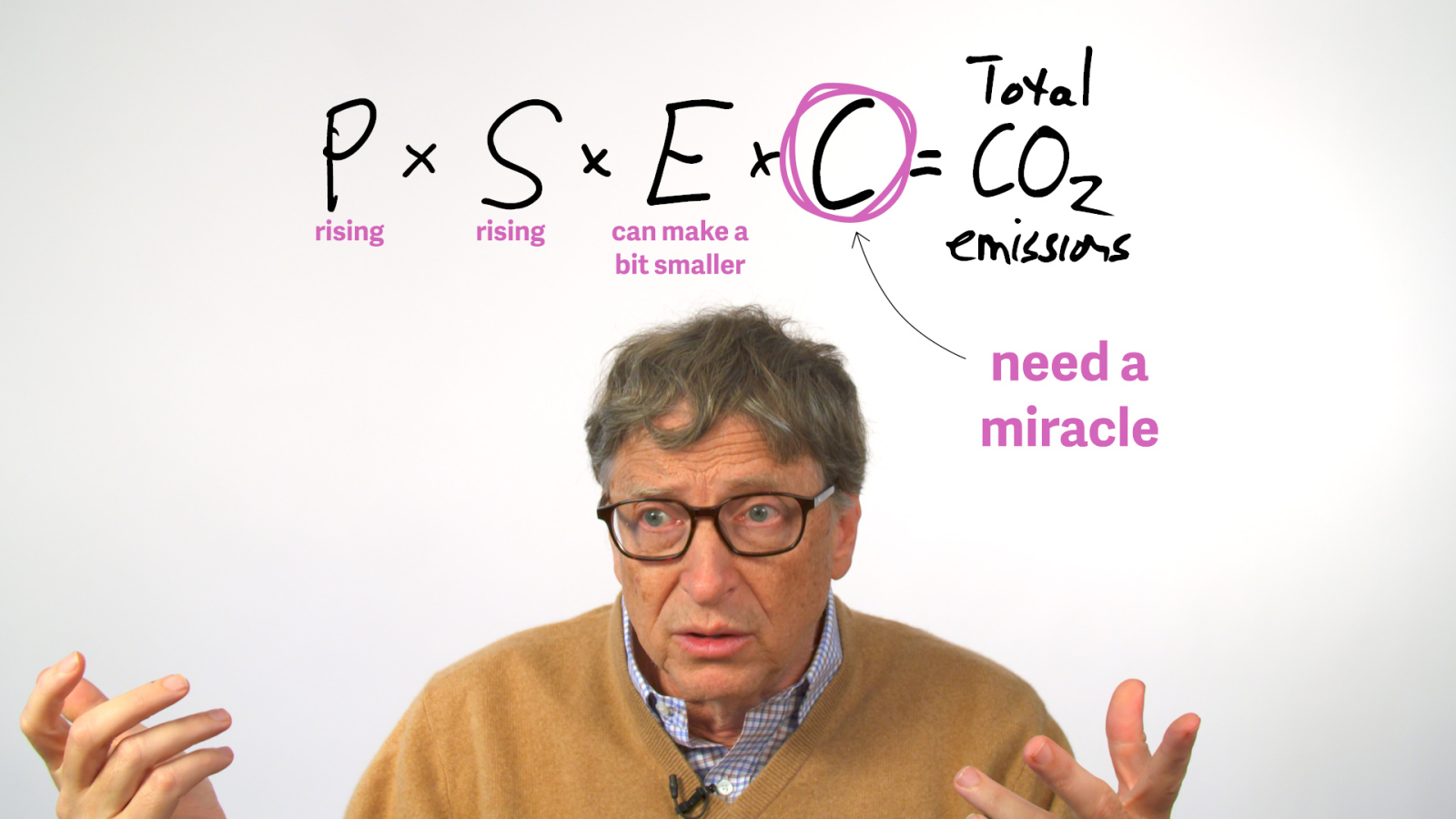Why your Lead Acid Battery is all Swollen Up? Working in the solar Energy industry in Ghana, I often come across several batteries that are swollen up .These mostly lead acid batteries have often than not, been purchased at very high prices not too long ago. On this particular occasion our team was conducting a survey at a prospects home in Tema when I noticed that all of her eight 100Ah batteries were swollen.
Typically a 100Ah battery will cost between $200-$300 depending on quality .In addition to this, most suppliers in Ghana give little or no warranty even though some global brands like Victron Energy give up to two year warranty on their batteries .This article aims to reveal to the public why lead acid batteries swell-up and how to avoid the problem.
Sealed lead acid batteries – both AGM and gelled electrolyte can swell up and expand sometimes. This happens due to the construction of lead acid batteries which is referred to as “recombinant”. They are constructed in such a way to allow absorption of gasses released during the chemical process inside the battery.
The positive and negative plates are placed very close together with only the thickness of the divider separating them. They are tightly secured in the cell cavity resulting in very little extra space inside the battery. When the cell plates expand, it exerts pressure on the inside walls of the battery. This situation can cause the battery case to swell resulting in possible splits and cracks at various points of the battery.
Why Do Battery Cell Plates Expand?
The cell plates most often expand due to overcharging of the battery. The battery may also expand due to shorting of the terminals of the battery. Both these situations results in heating up of the cell plates inside the battery. The lead of the cell plates has a high expansion rate when heated.
The outcome is that the battery experiences extreme pressure inside that swells up and deforms it. The swelling-up of the battery may also cause great damage to the internal components and parts.
Why your Lead Acid Battery is all Swollen Up ,How to Avoid Swelling Up of the Battery?
Overcharging or short-circuiting of the battery is the only reason for swelling up of the lead acid battery. The problem is not inherent in the battery itself. In order to avoid swelling up of the battery you need to tackle the underlying cause of the problem.
You need to follow proper instructions in charging the battery. The culprit may be that you are using a wrong charger when charging the battery. If the charger is providing too much current, this may be the cause for battery swelling up. For instance, if you used 24V charger to charge a 12V battery it will most probably result in overcharging of the battery.
Whatever the reason for overcharging of the device, the end result is the swelling up of the battery. To avoid the prospect of overcharging or short-circuiting of the battery, you need to take the following precautions:
- Use the right type of charger that is fully compatible with the battery.
- Ensure proper polarity when connecting the charger to the battery
- Shield the battery terminals to avoid short-circuiting of the battery
- Use a charger whose maximum charging capacity is lower than the battery
- Using a good quality charger

Victron Energy Blue smart charger is a good choice for small battery banks in Ghana
Battery charging tip: increase battery life with Victron 4-step adaptive charging
Victron developed the adaptive charge curve. The 4-step adaptive charge curve is the result of years of research and testing.
The Victron four-step adaptive charge curve solves the 3 main problems of the 3 step curve:
- Battery Safe mode
In order to prevent excessive gassing, Victron has invented the ‘Battery Safe Mode’. The battery Safe Mode will limit the rate of voltage increase once the gassing voltage has been reached. Research has shown that this will reduce internal gassing to a safe level.Thereby preventing swollen battery condition
- Variable absorption time
Based on the duration of the bulk stage, the charger calculates how long the absorption time should be in order to fully charge the battery. If the bulk time is short, this means the battery was already charged and the resulting absorption time will also be short, whereas a longer bulk time will also result in a longer absorption time.
- Storage mode
After completion of the absorption period the battery should be fully charged, and the voltage is lowered to the float or standby level. If no discharge occurs during the next 24 hours, the voltage is reduced even further and the battery goes into storage mode. The lower storage voltage reduces corrosion of the positive plates.
Once every week the charge voltage is increased to the absorption level for a short period to compensate for self discharge (Battery Refresh mode)
The above tips will help you to prevent your battery from getting swollen up and expanding. Taking precautions will not only protect your battery from being damaged but it will also minimize the threat of fire caused due to overheating of the battery.
Click here for more information on Victron Energy AGM & Gel batteries













